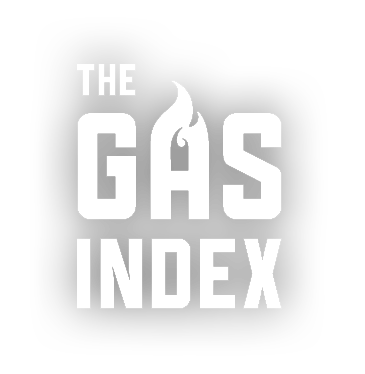As shown in the upper-left panel, switching residential heating from natural gas to traditional electric heaters can cut greenhouse emissions in some parts of in the U.S. today, even if the electricity system doesn’t get a lot cleaner—that is, if the electric sector follows a “business-as-usual” scenario. (For more information on the scenarios, see the “Summary of methodology” section below.) Cities are shown here if the Gas Index model estimates that switching to electric heating, as described in this scenario, would cut emissions.
The upper-right panel shows the emissions reductions if buildings are switched from natural gas heaters to electric heat pumps, a much more efficient type of heating, and the electric sector follows the business-as-usual scenario. In this scenario, electrifying heating would cut emissions in every city evaluated in the Gas Index.
Many cities and states have requirements or targets for switching to 100% clean electricity by a certain date. For example, legislation in California mandates that the whole state will achieve 100% clean electricity by 2045. Meanwhile, San Diego has committed to achieving 100% clean electricity earlier, in 2035. In a cleaner electricity scenario, in which cities and states remain on track to meet these targets, the electrifying building heating now leads to much greater emissions cuts.
The lower-left panel shows the emissions reductions if cities and states remain on track to meet their commitments for clean electricity, and if they switch from gas heating to traditional electric heaters.
The lower-right panel shows the emissions reductions if cities and states remain on track to meet their commitments for 100% clean electricity, and if they switch from gas heating to more efficient electric heat pumps. This case leads to the largest emissions reductions, benefitting from using both efficient appliances and cleaner electricity.


